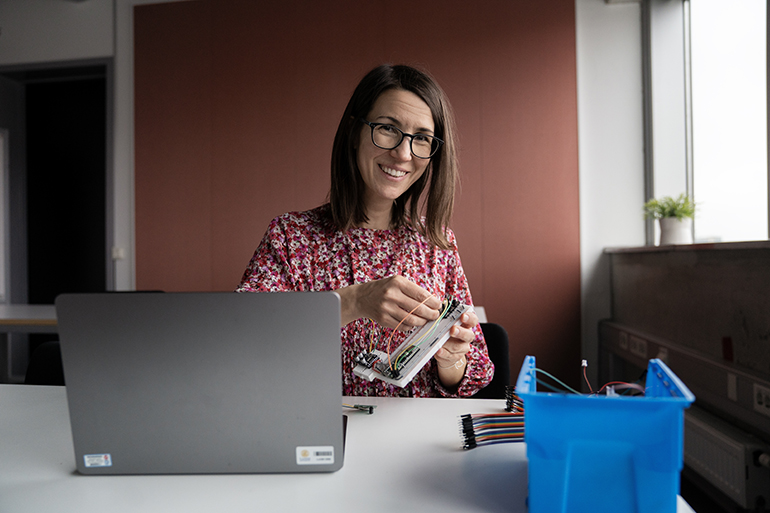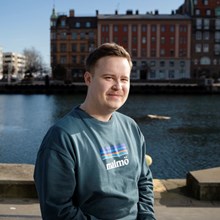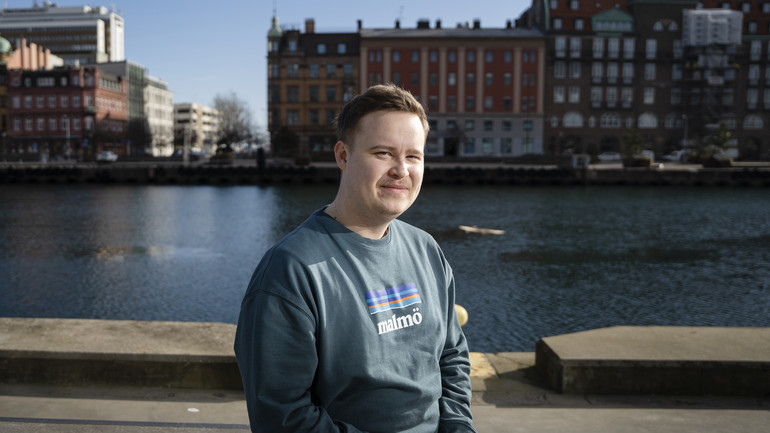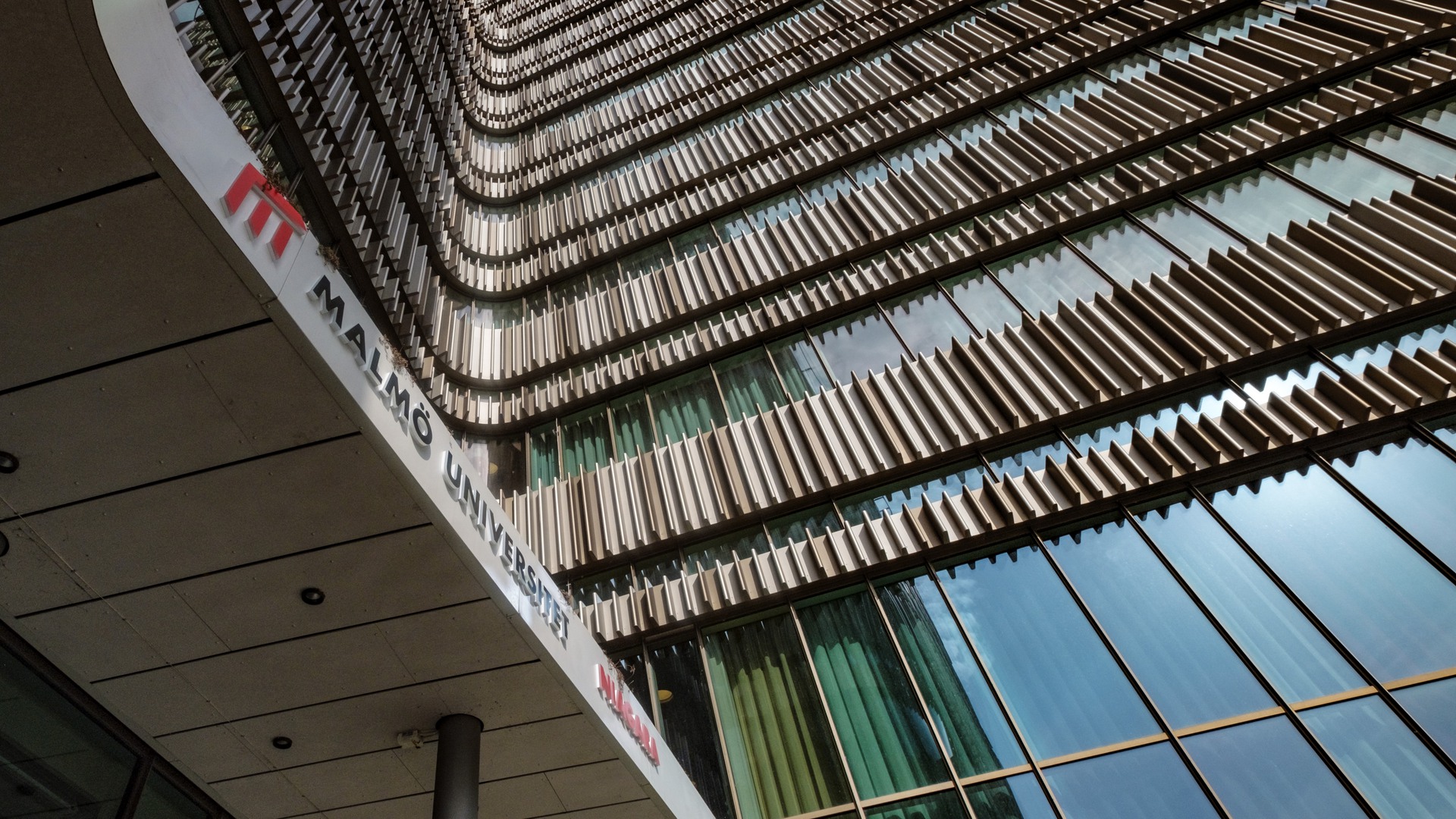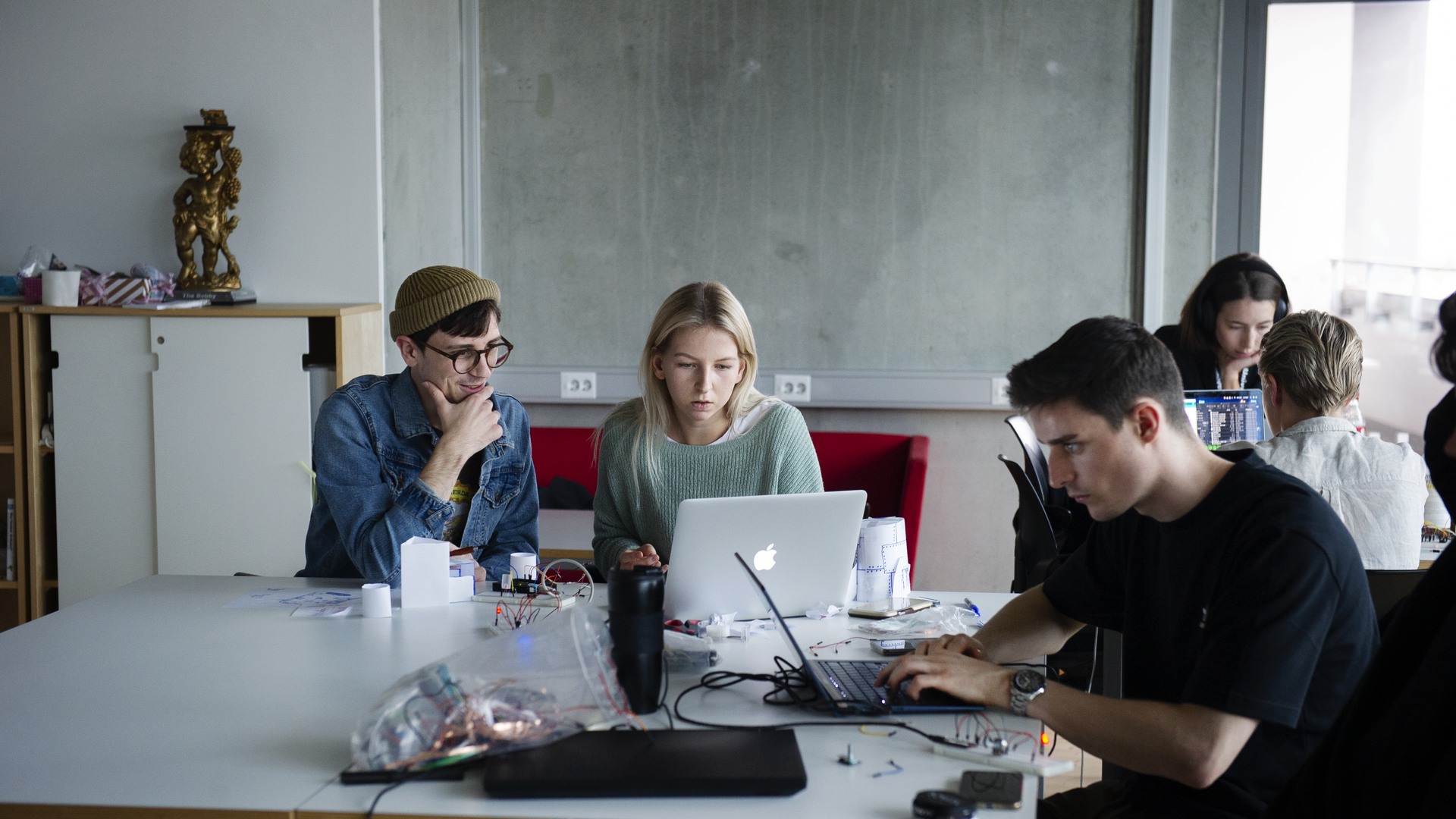Sarah worked in events. Now it’s all about human-robot interaction.
After a career in business events, Sarah Skavron made a pivot to Interaction Design, where she gained new skills and insights. Today she is a doctoral student at Lund University, exploring human-robot interaction, combining creativity and research.
“I’m a career-changer. In 2012, I earned a bachelor’s degree in Tourism Studies and spent several years as an event manager. I created seminars, workshops, and conferences. My role covered many different aspects such as content development, speaker coordination, logistics and communication.
“When COVID-19 pushed all events online, I became interested in how technology connects people and supports learning. That curiosity led me to this master’s – an opportunity to build on my skills and explore a new path.”
What was it like to study a master’s in Interaction Design with background in another field?
“It was a huge learning curve for me. I had some experience in design thinking and user research but prototyping and user testing were completely new. My classmates were incredibly supportive, and we learned a lot from each other. In my second year, I also worked as a teaching assistant in the IOIO (mechatronics) lab, gaining hands-on experience with Arduino and other tools.”
Which courses and elements did you enjoy the most?
“My favorite course was Design for Social Innovation. It was tough but rewarding. We got to learn methods for user research and collaborate with the Marine Education Centre in Malmö.
“Our challenge was to build more awareness about the ocean and the need to protect it among residents in Malmö. We used quite unusual and creative methods to engage different groups in conversations about their relationship to, and ideas about, the ocean. For example, we used a method called “cultural probes” – this is a package of activities where participants complete a set of exercises and creative tasks, like letter writing or drawing their ideas. This helped us to understand their emotions related to the sea and the stories they carry with them. Another interesting method we developed was to combine yoga and ideation. Yoga created more awareness and allowed for deeper reflection during the exercise – which actually yielded great results, and the participants enjoyed it, too.
“Other than that, I enjoyed doing the group work, we defined our processes and supported each other with complementing skill sets throughout the projects.”
You are now a doctoral student at Lund University. Can you tell us more about your research?
“There are four elements to my job: I collect data through interviews, workshops, observations or other methods and write about my findings; I’m involved in teaching Interaction Design; I take courses, for example in Academic Writing or Research Methodology, and I work on tasks related to the EU projects that fund my doctoral studies.
“My subject is human-robot interaction. I am interested in how we can create sustainable and meaningful futures with robots. The two projects that I am involved in offer some interesting perspectives on that. In one project, we are developing a robotic assistive device for people with upper-limb impairments together with other partner universities. Our role is to make sure that the robotic solution addresses the needs, aspirations and capabilities of the users – which is extremely important as technology is sometimes developed on what is technically possible and less on the users’ needs and wishes.
“The other project is about robots in the workplace, in which we are exploring the experiences and perceptions of workers who collaborate with robots. Our aim is to further develop recommendations and guidelines on what is important to consider when introducing robots in work contexts.
“I love the creative freedom of my doctoral work – there are lots of ways to design academic studies, experiment with methodologies, and present findings. I also really enjoy connecting with fellow researchers at conferences and seminars, discussing our work and what we have discovered.”
What would you say to someone considering studying Interaction Design?
“An academic education in Interaction Design challenges you to think critically about the relationships between people and technology, the benefits and potential, as well as the negative consequences. It also helps you sharpen practical skills by giving you the chance to take on projects and learn how to reflect and write about the impact of technology more widely.”

